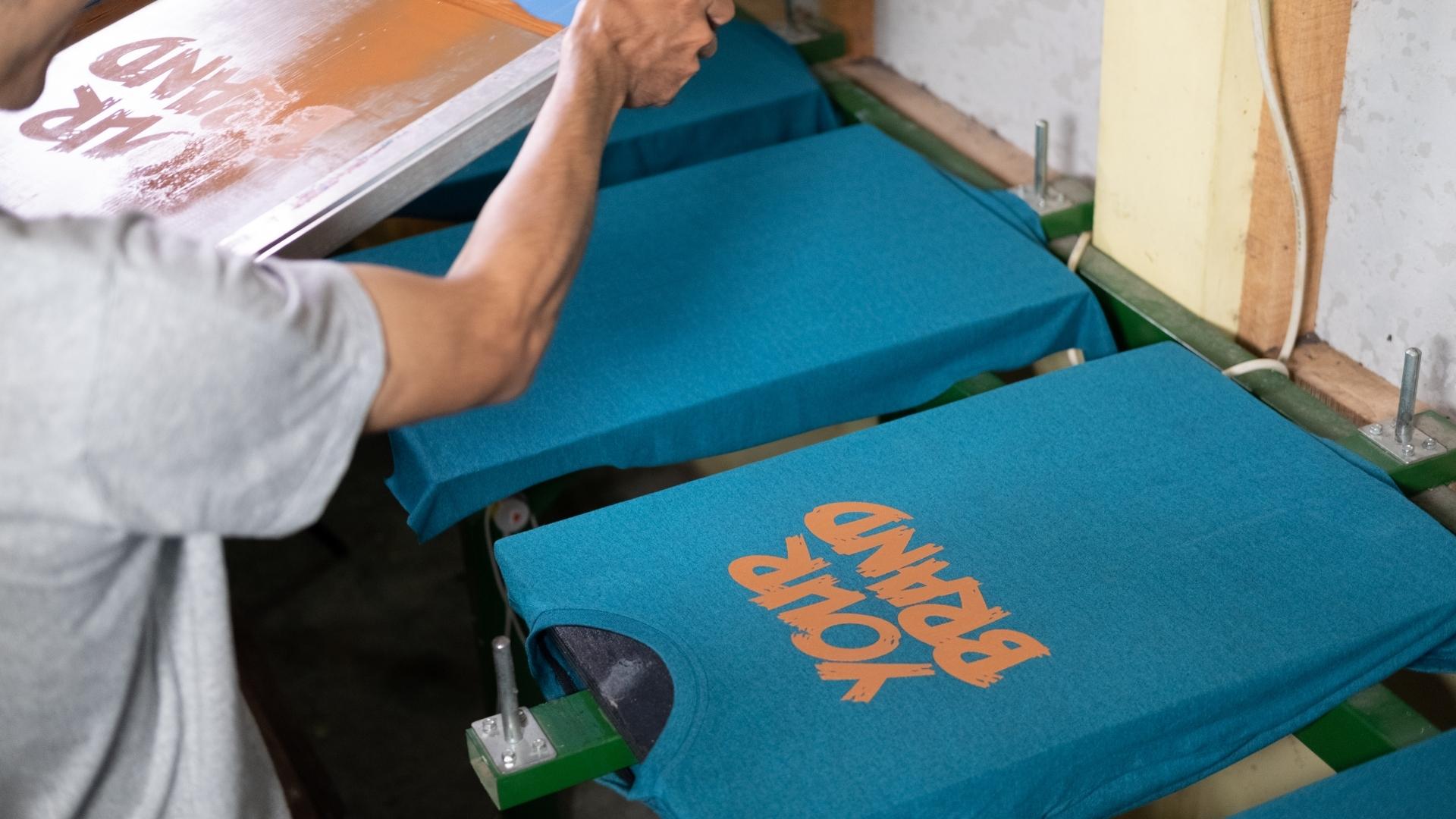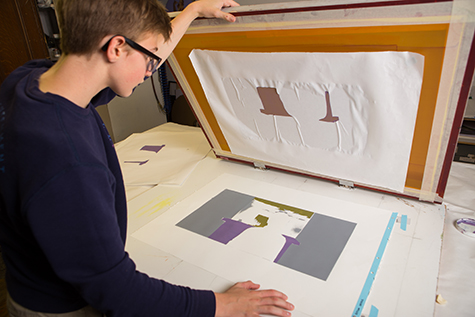The Important Guide to Understanding Screen Printing and Its Versatile Makes use of
Screen printing has an abundant history that goes back to ancient times, advancing into an advanced method used across different sectors today. This overview checks out the intricacies of the screen printing process, detailing its applications in fashion, home, and advertising style - 10:9 Design Company. Understanding these fundamentals can open up innovative potential for both business and imaginative tasks. The complying with areas will reveal essential suggestions and methods to enhance one's screen printing endeavors
The History of Screen Printing
Although screen printing has roots that map back centuries, its evolution shows the artistic and technological advancements of different cultures. Originating in old China, the strategy was originally used for embellishing textiles and later spread to Japan, where it ended up being integral to Ukiyo-e woodblock printing. The approach changed to Europe in the 18th century, where it gained appeal amongst craftsmens and industrial printers. The invention of photo solution in the 20th century reinvented screen printing, permitting more elaborate layouts and better effectiveness. Musicians like Andy Warhol additionally pushed its appeal, utilizing the medium to create famous works that combined commercialism and art. By the late 20th century, screen printing had actually established itself as a versatile method, employed in fashion, advertising, and art. Today, it proceeds to advance, incorporating electronic technology and broadening its applications across numerous sectors.
The Screen Printing Process Explained
Screen printing transforms imaginative visions into substantial layouts via a series of precise steps. Initially, a picture is created and afterwards transferred onto a screen, normally constructed from fine mesh fabric extended over a framework. A light-sensitive emulsion is applied to the screen, which is revealed to light, setting in locations not covered by the photo. After washing out the unhardened emulsion, a stencil is created.
Next off, the screen is positioned over the substratum, whether it be fabric, paper, or another product. Ink is then pushed through the open areas of the pattern making use of a squeegee, depositing the style onto the substrate below. This procedure can be repeated for several shades, calling for different displays for every hue. Finally, the printed thing is cured making use of warmth to guarantee the ink sticks effectively, resulting in a long lasting, vivid design on-line.
Sorts Of Screen Printing Techniques

Furthermore, specialized strategies, such as discharge screen printing, remove color from the material to develop softer prints, while aluminum foil screen printing applies metal aluminum foil to accomplish a shiny coating (10:9 Design LLC Company). Each technique provides distinctive features, accommodating various creative demands and production scales, eventually increasing the possibilities within the screen printing domain name
Applications of Screen Printing in Numerous Industries

Furthermore, the signage and advertising fields utilize screen printing for developing attractive screens and banners. This method enables bold colors and detailed designs that capture attention. In electronic devices, screen printing is utilized for using conductive inks to circuit card, crucial for component connections. Furthermore, the home design sector embraces screen printing to create unique layouts on fabrics and wall surface art. Overall, screen printing functions as a critical tool across diverse areas, improving products with individualized and visually attractive graphics.
Tips for Successful Screen Printing Projects
While undertaking a screen printing task, mindful attention to information can considerably boost the last end result. First, choosing top quality products is essential; this consists of the screen, inks, and substrates. Making use of appropriate mesh matters can affect ink deposition and information resolution. Prep work is similarly crucial; comprehensive cleaning of displays and proper direct exposure times ensure crisp prints.
Next off, exact registration is critical for multi-color prints. Making use of placement devices can aid accomplish specific layering. Additionally, testing prints on scrap materials prior to manufacturing assists determine possible problems without losing sources.

Regularly Asked Concerns
What Products Are Ideal for Screen Printing on Textile?
Cotton and polyester blends are optimal for screen printing on fabric due to their sturdiness and ink absorption. Additionally, specialty fabrics like silk or canvas can produce special structures and finishes, improving the total layout top quality.
Exactly how Do I Tidy and Maintain Screen Printing Devices?
To keep and cleanse screen printing tools, one should on a regular basis clean displays with ideal solvents, evaluate mops for wear, oil relocating parts, and store all products in a completely dry, dust-free setting to lengthen their life expectancy.
What Are the Ecological Impacts of Screen Printing?
Screen printing can have significant ecological influences, including chemical waste from solvents and inks, water use during cleaning processes, and power usage. Sustainable techniques and environment-friendly products are vital for minimizing these negative impacts.
Can Screen Printing Be Done in the house Successfully?
Screen printing can be effectively done at home with the appropriate materials and techniques. Hobbyists can produce quality prints, though success depends on their skill degree, equipment, and understanding of the process involved.
What Are the Costs Linked With Beginning a Display Printing Business?

Beginning a screen printing organization includes prices for devices, products, and work space. Initial expenses usually range from a couple of hundred to numerous thousand bucks, relying on the scale, quality of equipment, and desired production capability.
Screen printing has an abundant history that dates back to ancient times, developing into a sophisticated method utilized throughout various markets today. One more method, rotary screen printing, employs cylindrical screens, helping with continual printing on textile rolls, consequently boosting performance for massive productions. Additionally, specialty techniques, such as discharge screen printing, get rid of dye from the material to produce softer prints, while foil screen printing uses metal foil to achieve a shiny finish. In the fashion sector, screen printing is extensively used to create dynamic designs on garments, allowing brand names to display their special styles. Cotton and polyester blends are optimal for screen printing on textile due to their sturdiness and ink absorption.